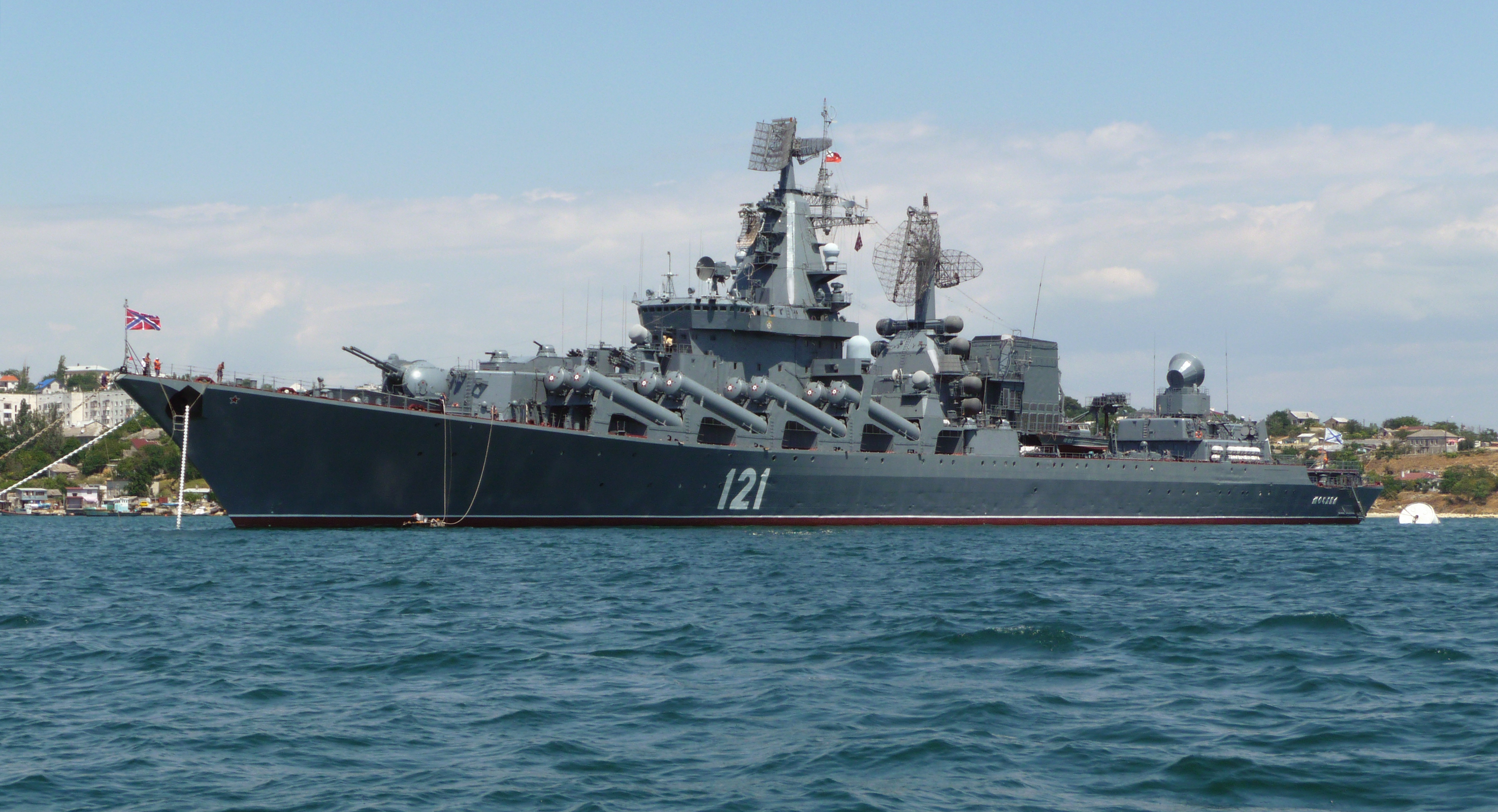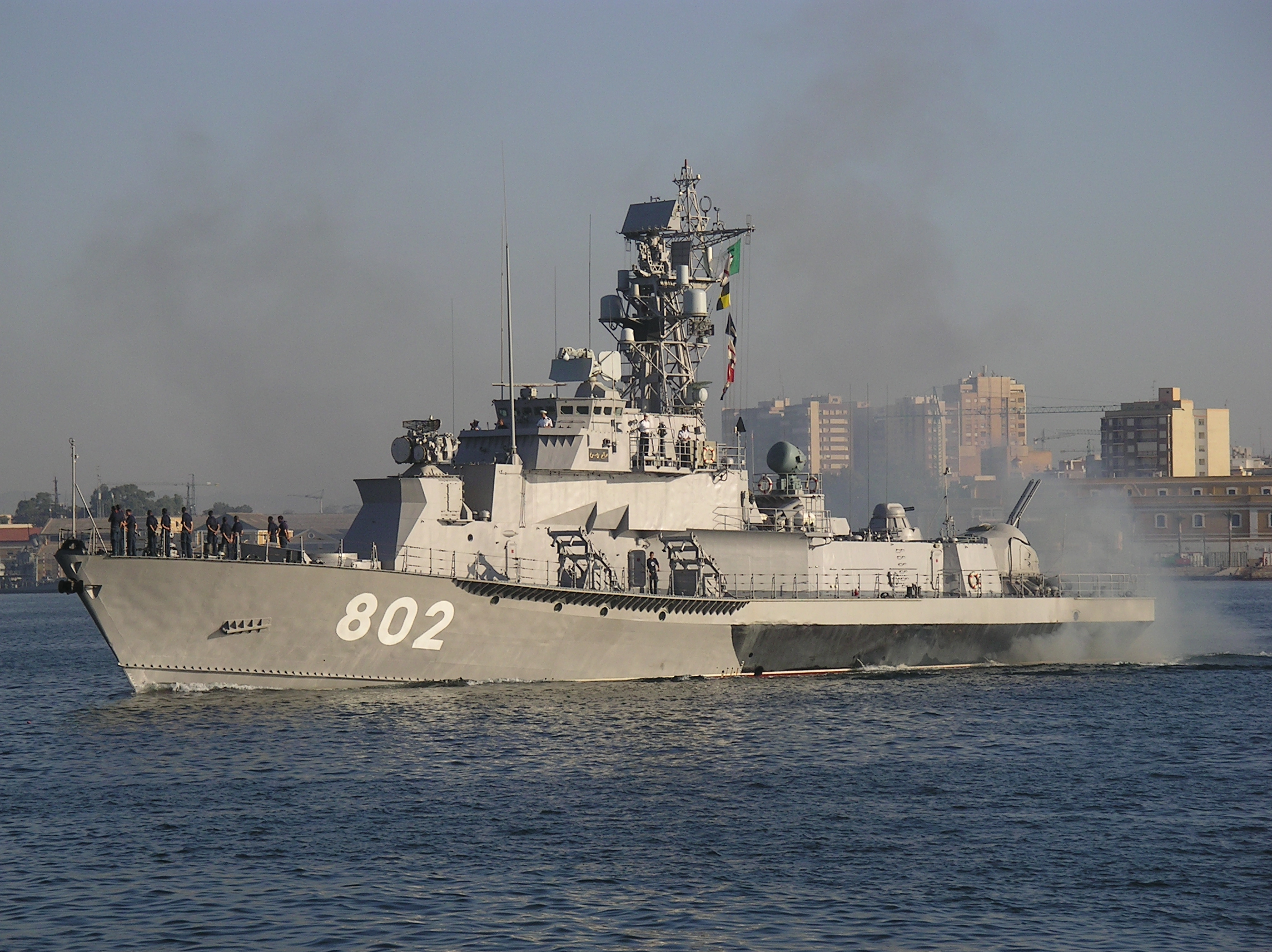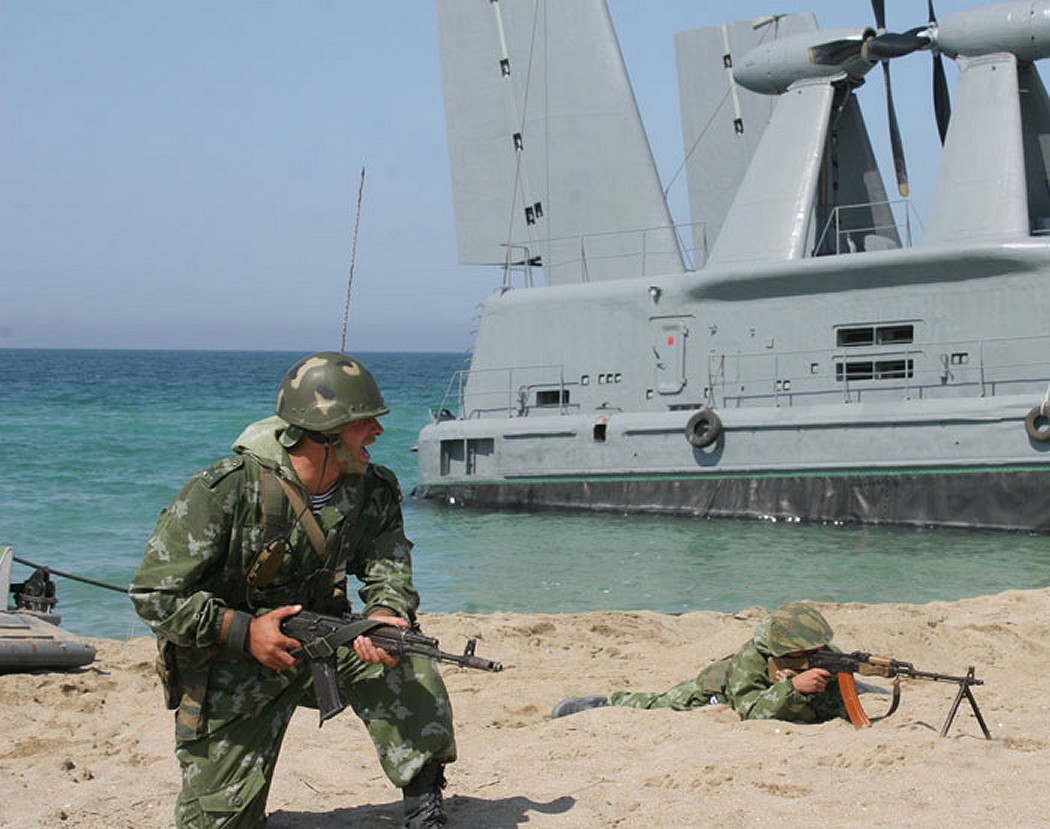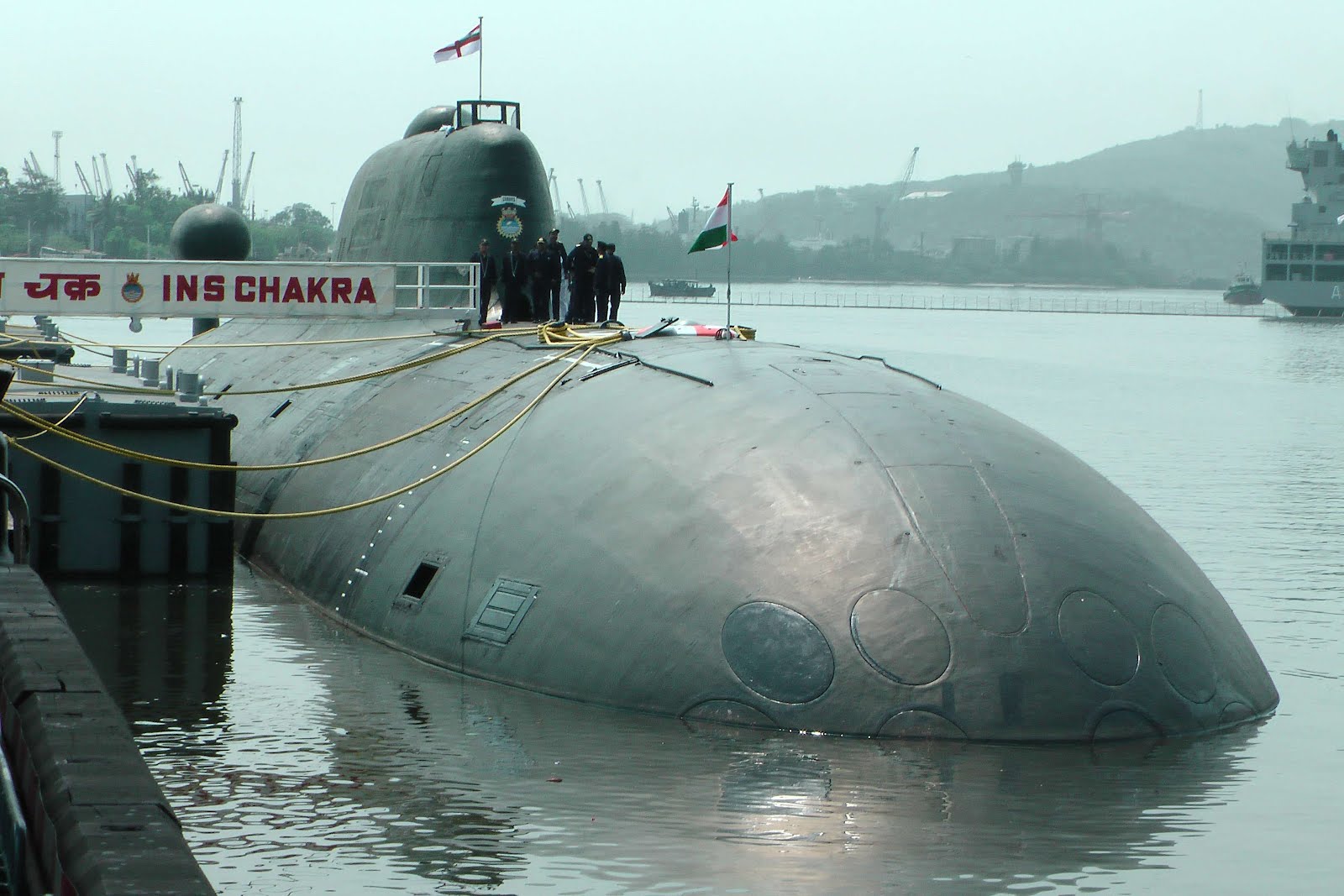
The Russian Federation’s forced annexation of Crimea and Sevastopol in March 2014 had a profoundly negative effect on European security and Russia’s relationship with NATO. As of this writing, the situation remains precariously tense along Ukraine’s eastern border with Russia. No less important than the situation surrounding Donetsk, however, is the altered balance of power in the Black Sea and the implications that this can be expected to have on the security of the region.
By seizing Sevastopol, Russia will now have two major naval bases on the Black Sea, providing it with the capacity to station and deploy an impressive array of seagoing vessels. Novorossiysk, the other major Russian base, was originally developed as a replacement to Sevastopol by 2017, as calls within Ukraine to reject a continued Russian military presence at that port had been increasingly difficult for the Yanukovych government to ignore. That Russia now has two naval ports is a concerning development. But the rapid expansion of the Black Sea Fleet makes matters worse.

In June 2014, the Russian Navy launched a new and improved Kilo-class diesel-electric submarine, named the Rostov-on-Don, after a Russian city near the Black Sea where former Ukrainian President Viktor Yanukovych now lives in exile. The Rostov-on-Don and six other submarines of this class will be added to the Black Sea Fleet by the end of 2016. These new submarines incorporate technologies developed since the first Kilo-class vessels were launched by the Soviet Union in 1982, mostly intended to make the submarines even quieter and harder to detect. The Russian Navy has also claimed that it intends to add six new Admiral Gorshkov-class frigates to the Black Sea Fleet by 2020, though this could simply be a ploy. As of this writing, the Northern Wharf Shipyard in St. Petersburg, which is responsible for construction of all vessels of the Admiral Gorshkov-class, is only working on four such frigates, all of which are destined for the Northern Fleet in the Barents Sea.
Beyond the potential addition of new submarines and frigates, the Russian Navy is currently operating the vessels it acquired from seizing control of much of the Ukrainian Navy’s assets. Of the complement of Ukraine’s vessels, 54 of 67 ships have been transferred, and a decision on which vessels will be permanently pressed into service will be made by the end of 2014. If the Northern Wharf Shipyard can deliver on the new vessels, Russia’s Black Sea Fleet in 2020 could consist of one guided missile cruiser, one guided missile destroyer, nine frigates, eight attack submarines, 12 corvettes, and a vast array of missile boats, patrol boats, and other support vessels.

The only naval power in the region still capable of contending with Russia is NATO member state Turkey. But the Turkish Naval Forces are split between a ‘Northern Command’ concerned with the security of the Black Sea, and a ‘Southern Command’ that continues to stare down Greece across the Aegean. Currently, Turkey has at its disposal eight Gabya-class frigates (actually converted Oliver Hazard Perry-class frigates provided by the United States), four Barbaros-class frigates, four Yavuz-class frigates, two Ada-class corvettes (actually similar in size to Canada’s own Halifax-class frigates), six Burak-class corvettes, and 14 attack submarines of various designs.
At first glance, this may seem to be a superior force to Russia’s Black Sea Fleet. But, as was previously mentioned, Turkey’s maritime forces are always split between the Black Sea and the Aegean. Though Turkey has its own plans for fleet modernization and expansion, domestic politics have somewhat derailed this process. Koc Holding was responsible for building a total of eight new Ada-class corvettes, but the Koc family allegedly supported the Gezi Park protesters in 2013, drawing the ire of Prime Minister Rece Tayyip Erdogan. In retaliation, he cancelled the order, leaving the Turkish military in search of a new shipbuilder to complete the remaining six Ada-class corvettes.
It remains to be seen whether Turkey can match Russia’s pace in the emerging Black Sea arms race. Construction reportedly continues on six Type 214 diesel-electric attack submarines designed in Germany, though delivery of the last of these vessels is not expected until 2019. The Turkish Naval Institute is currently designing a so-called ‘TF2000-class’ frigate that would focus on anti-air capabilities. Turkey hopes to have eight vessels of this class in the near future, but this project is only at the stage of conducting feasibility studies. Turkey may not be in a position to credibly deter Russian aggression in the region until Ankara’s procurement troubles are overcome in 2020.

Though there certainly are other countries with access to the waters of the Black Sea, none approach the naval warfare capabilities of Russia or Turkey. The Romanian Navy consists primarily of three frigates and four corvettes. The Bulgarian Navy is old and at risk of downsizing amid deep cuts to defence spending. It boasts three re-commissioned Belgian frigates, a former Soviet frigate, and three former Soviet corvettes. Although Georgia once had a small fleet of its own, this was destroyed by Russia’s Black Sea Fleet in an engagement off the coast of Abkhazia in 2008. As such, the Georgian Armed Forces officially no longer has a naval branch, instead operating a Coast Guard of a few unarmed patrol vessels.
The best means of countering Russia’s expanding power in the Black Sea is a renewed commitment to collective defence by the NATO member states of the region. Joint naval exercises by Turkey, Romania, and Bulgaria would help to ensure interoperability and likely cause Russian military leaders to revisit their strategic arithmetic. In a conflict with any one of the other Black Sea states, the Russian Navy would likely prevail. But the combined forces of these neighbours would certainly give Russia pause for thought.




